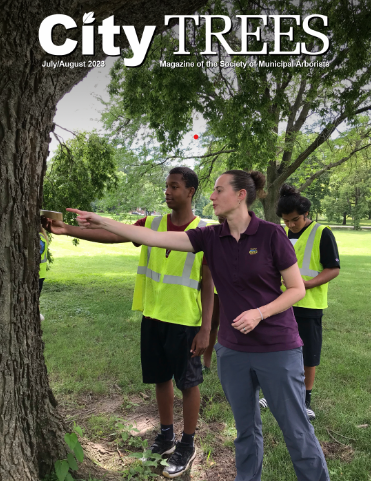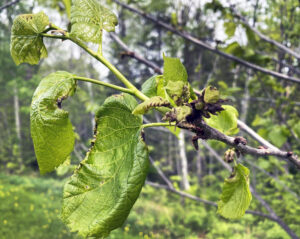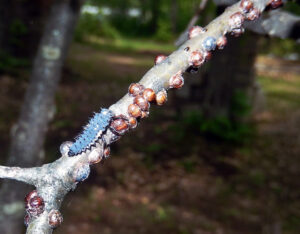Proper tree planting requires a lot of decision making. One of the most crucial decisions to make is which species and age are the most appropriate and cost-effective to plant. The Wisconsin Department of Natural Resources (DNR) Reforestation Program is taking some of the unknowns out of that process by giving landowners and property managers an early peek at the seedlings we anticipate having available in Fall 2023 for planting in Spring 2024.
This list is preliminary, as some species may be added, adjusted or removed depending on health, growth and other factors as the growing season progresses.
The listed tree and shrub seedlings will be available to purchase starting on Monday, October 2, 2023. Though we expect high demand, we anticipate having a variety of species and ages available to all customers.

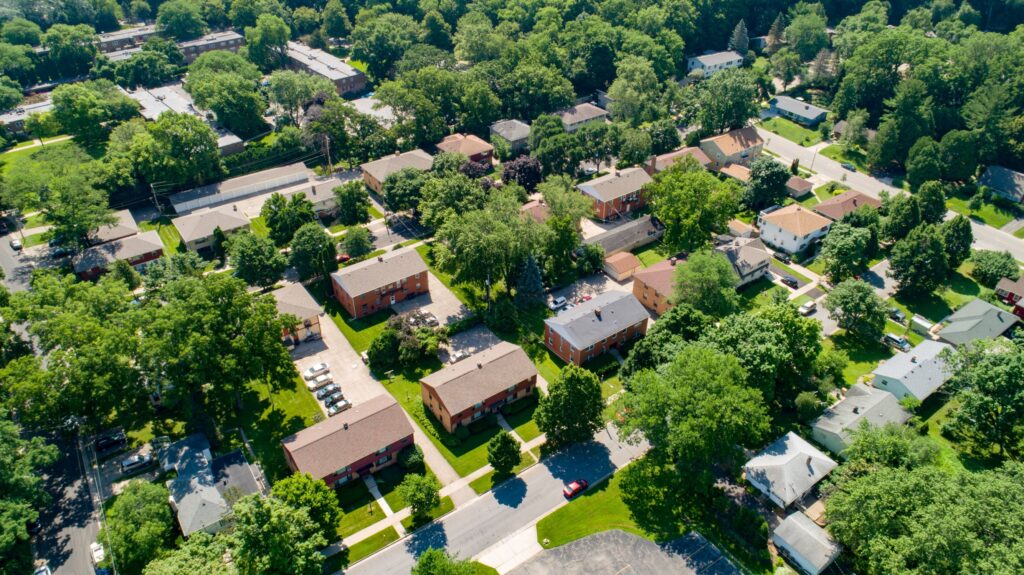 Cities, villages, towns, counties, tribes and 501(c)(3) nonprofit organizations in or conducting their project in Wisconsin can apply for a regular or startup 2024 Wisconsin Department of Natural Resources (DNR) Urban Forestry Grant.
Cities, villages, towns, counties, tribes and 501(c)(3) nonprofit organizations in or conducting their project in Wisconsin can apply for a regular or startup 2024 Wisconsin Department of Natural Resources (DNR) Urban Forestry Grant.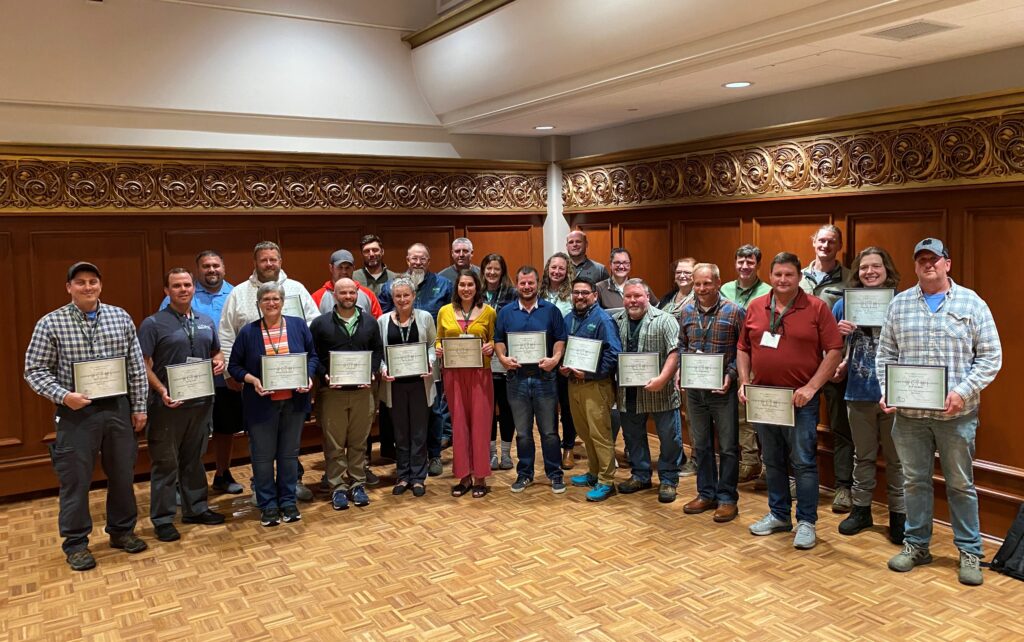
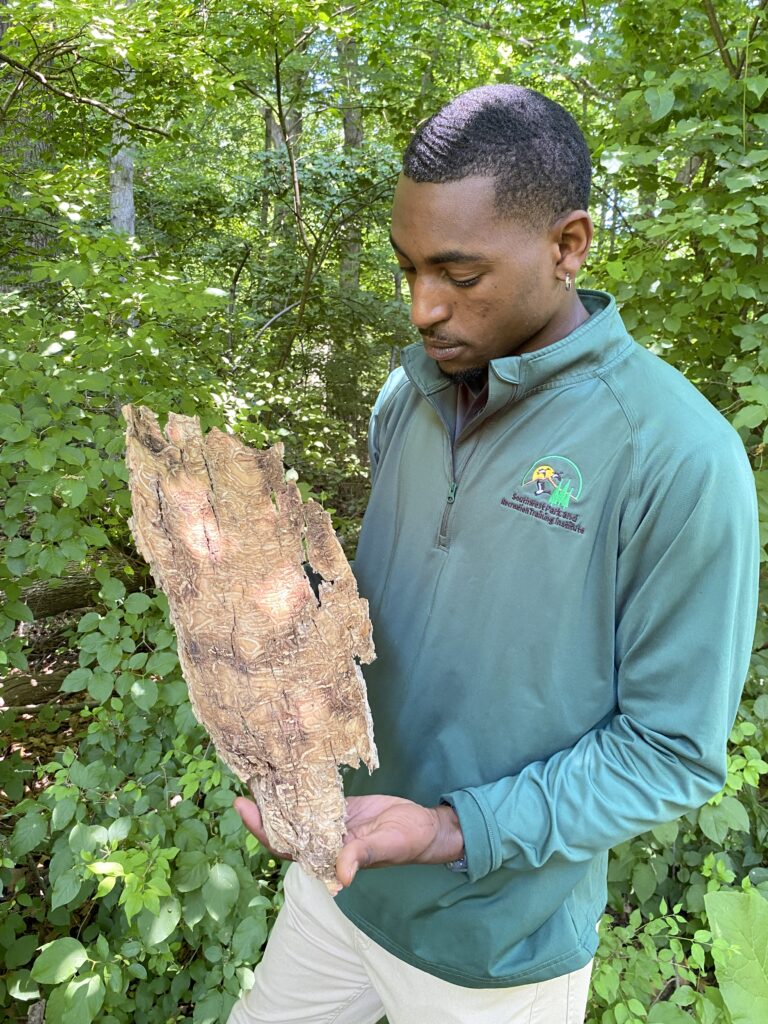 Deron Isom will be graduating this spring from Southern University and A&M College’s Urban Forestry and Natural Resources Department. He chose urban forestry and natural resources to contribute to the care of the environment. During his time at Southern, he had opportunities to intern with the National Fish and Wildlife Foundation and partner with the Recreation & Park Commission for East Baton Rouge Parish to produce multiple resource management plans and tree inventory projects. He is currently employed with the USDA at the Honeybee Breeding, Genetics and Physiology Agricultural Research Lab. He is known for his master status as a professional pugilist as well as pursuing a professional boxing career. He is a member of The Society of American Foresters, The Louisiana Forestry Association, Southwest Parks and Recreation Training Institute, and Spartans Boxing Club. He has goals to increase global contributions to sustainable living and spread his knowledge of agriculture.
Deron Isom will be graduating this spring from Southern University and A&M College’s Urban Forestry and Natural Resources Department. He chose urban forestry and natural resources to contribute to the care of the environment. During his time at Southern, he had opportunities to intern with the National Fish and Wildlife Foundation and partner with the Recreation & Park Commission for East Baton Rouge Parish to produce multiple resource management plans and tree inventory projects. He is currently employed with the USDA at the Honeybee Breeding, Genetics and Physiology Agricultural Research Lab. He is known for his master status as a professional pugilist as well as pursuing a professional boxing career. He is a member of The Society of American Foresters, The Louisiana Forestry Association, Southwest Parks and Recreation Training Institute, and Spartans Boxing Club. He has goals to increase global contributions to sustainable living and spread his knowledge of agriculture.